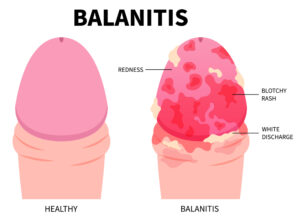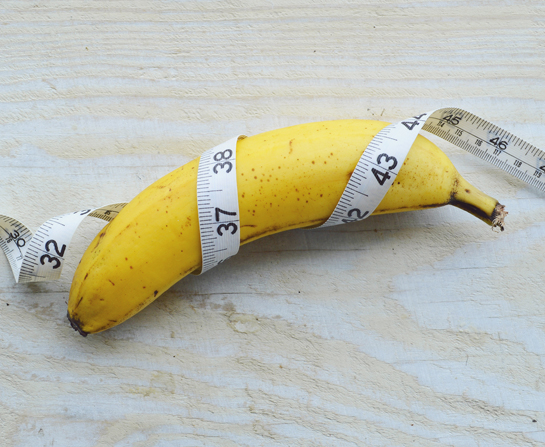If you’ve got type 2 diabetes and keep dealing with itching, redness, or discomfort down there, you’re not alone. Balanitis is a common but often overlooked problem in men with diabetes. Here’s why it happens, what to look out for, and how to treat it.
WORDS PROFESSOR DR CHRISTOPHER HO CHEE KONG
 FEATURED EXPERT FEATURED EXPERTPROFESSOR DR CHRISTOPHER HO CHEE KONG Consultant Urologist School of Medicine Taylor’s University |
BALANITIS: WHEN THE HEAD OF THE PENIS BECOMES RED AND SWOLLEN
Balanitis refers to the condition when the glans or head of penis is red, swollen and sore.
This is due to inflammation, usually as a result of infection.
It is more common among men with their foreskin intact — their penis is not circumcised.

YOU MAY HAVE BALANITIS IF…

- Redness of the penis head
- Pain in the penis
- Swelling of the penis head
- Fever and pus formation in more severe cases
BALANITIS CAN BE COMMON AMONG MEN WITH TYPE 2 DIABETES
Studies have shown worldwide that up to 1 in every 3 diabetic men experience balanitis. Just to compare, balanitis affects 1 in every 10 non-diabetic men.
We don’t have the data for Malaysia but from my clinical experience, about 1 in every 5 diabetic men could experience balanitis in their lifetime.
A Rarely Discussed Issue
Balanitis is rarely discussed because it is a sensitive issue, involving the manhood and men’s ego.
Many men would suffer in silence and only see a doctor when their balanitis gets really bad. Instead, they tend to opt for home remedies or over the counter antiseptics on their own.
However, there’s no reason to suffer in silence. Balanitis is a common, treatable condition — and leaving it unchecked can lead to worse problems.
If something feels off down there, skip the guesswork and talk to a doctor. Your health and your manhood are worth it!
Why Are Men with Type 2 Diabetes More Vulnerable?
- Men with type 2 diabetes will excrete sugar into the urine, especially if their blood sugar is not well controlled.
- Sugar in the urine may accumulate around the glans, creating an environment for bacteria or yeast to thrive. This is because sugar is food for these bacteria and yeast. Such accumulation happens more commonly among uncircumcised men, although it can also happen to men that have had their foreskin removed.
- Furthermore, men with diabetes also tend to have reduced immunity, which makes them more prone to infections.
ASIDE FROM TYPE 2 DIABETES, THERE ARE OTHER CAUSES OF BALANITIS
- Poor foreskin hygiene
- Sexual transmitted diseases
- Immunocompromised men such as those with diabetes and HIV and/or on steroids
- Other inflammatory disorders like eczema and psoriasis
- Allergy or contact dermatitis
- Irritation due to certain soaps or medications
Tips for Keeping the Foreskin Clean
|
WHEN YOU SHOULD SEE A DOCTOR
- When the condition does not go away on its own
- When the condition gets worse
- There is fever, pus, and/or ulcers
- When the head of the penis turns darkish hue — a possible early sign of gangrene
Treatment
Treatment for diabetics and non-diabetics are the same – antibiotics.
Because antibiotics can only be prescribed by a doctor, it is better to seek medical attention early instead of trying over the counter or home remedies.
Men with diabetes need to also practice optimal sugar control. They should also seek medical attention early.
WHEN BALANITIS KEEPS HAPPENING TO YOU
Balanitis can be recurrent, especially among men with poorly controlled diabetes.
To reduce the risk:
- Work closely with your healthcare team to achieve optimal diabetic control.
- Practice good hygiene.
- Circumcision can be considered for men with their foreskin intact, as removal of the foreskin allows for easier cleaning and there is less possibility for urine or smegma (natural, cheesy substance composed of dead skin cells, oils, and moisture that accumulates on the genital) to accumulate under the foreskin.
| Click here to join Professor Dr Chris Ho as he gives more information on adult circumcision. |
| This article is part of our series on tips and advice on men’s health, sex life, and fertility. |









